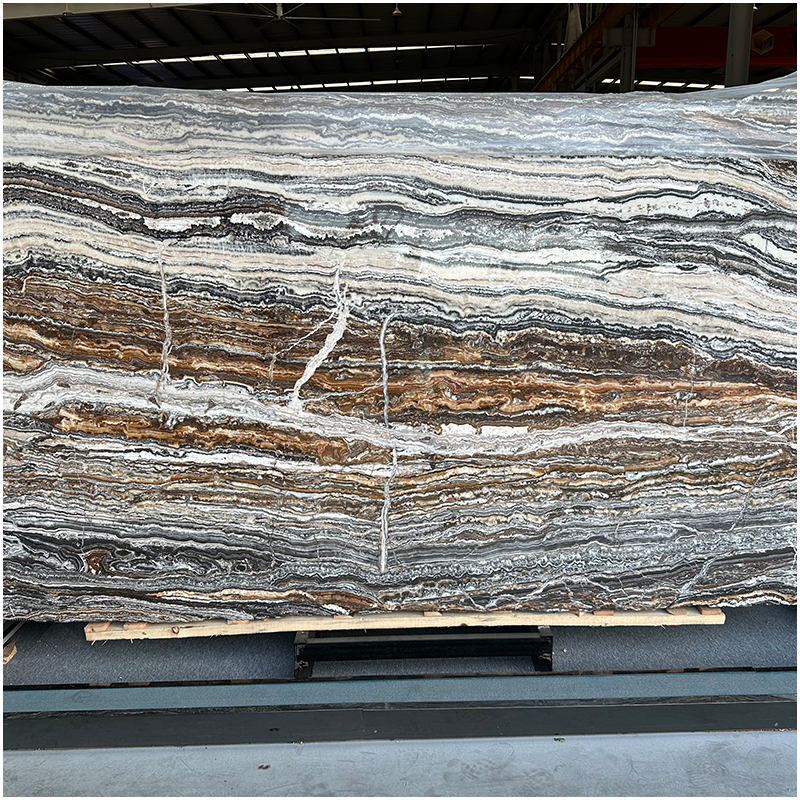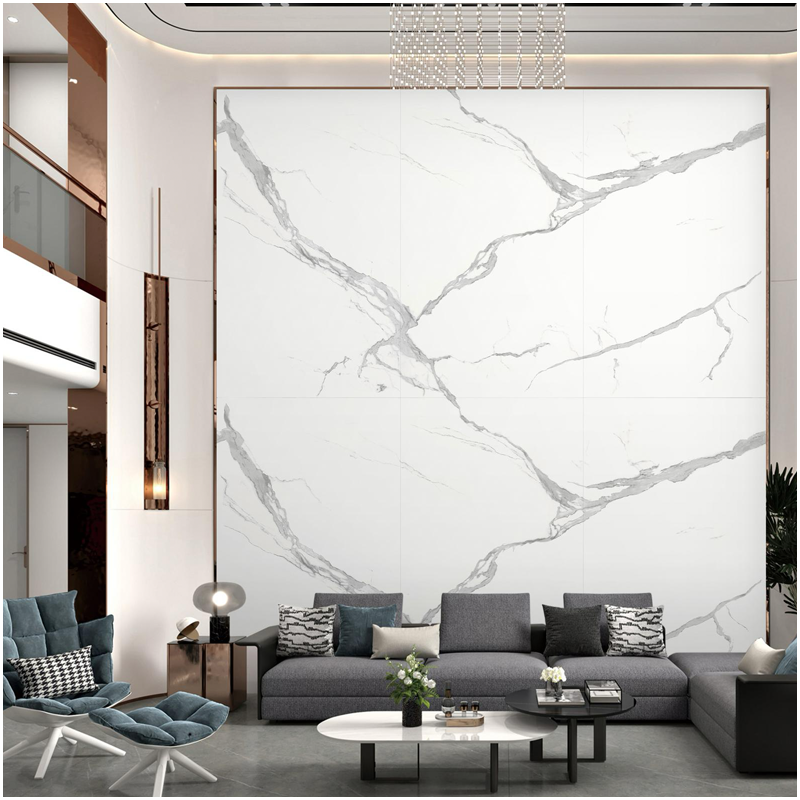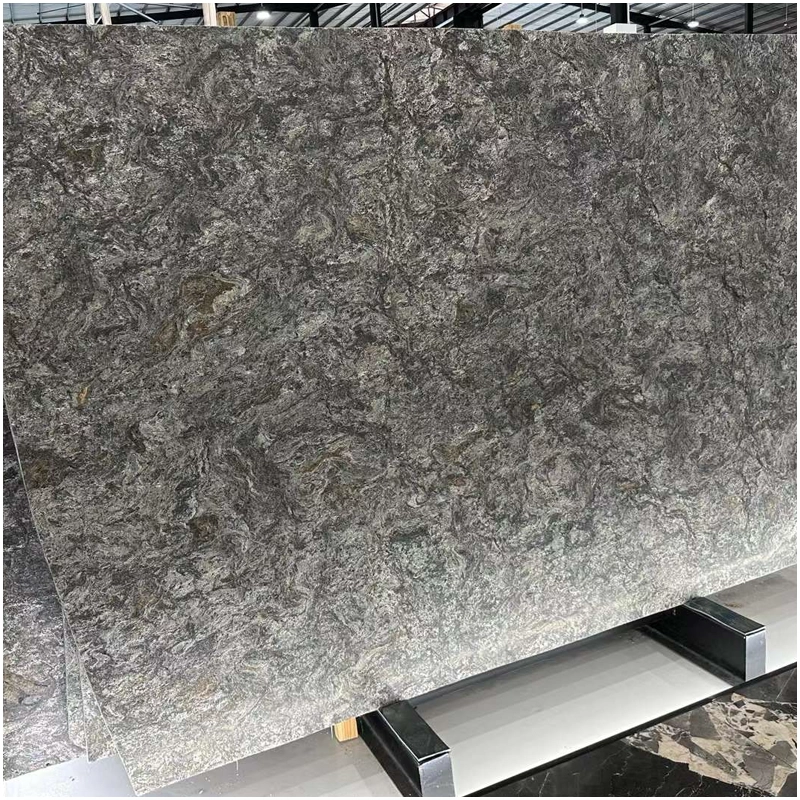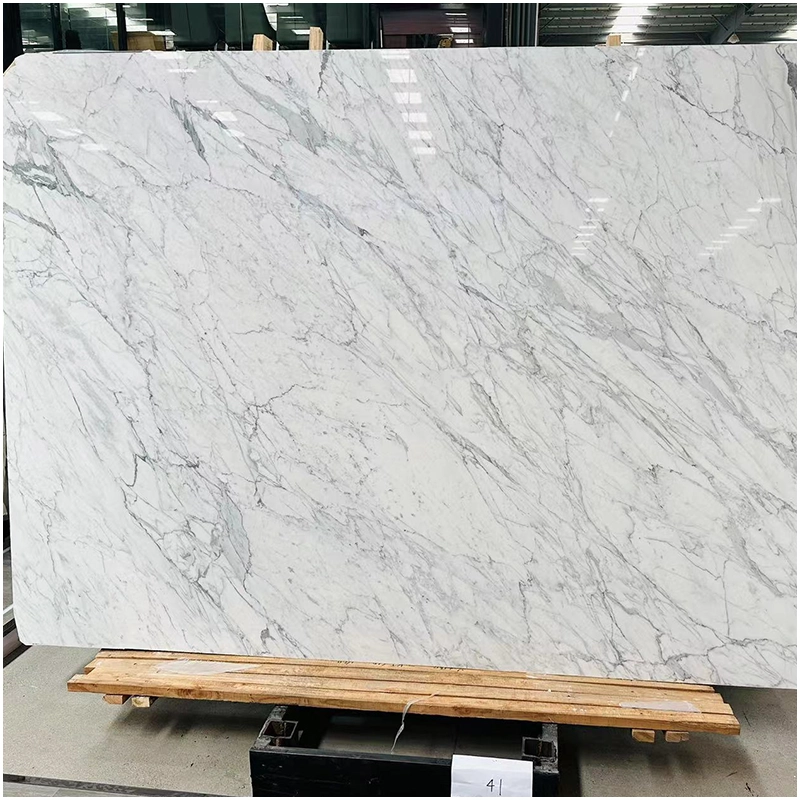In the evolving landscape of architecture and interior design, Marble Mosaic has continued to hold its status as an embodiment of timeless luxury and artistic precision. With each piece crafted from natural stone and assembled into patterns that echo both heritage and modernity, Marble Mosaic art has transcended aesthetic value to become part of sustainable design narratives. As the global policy environment shifts towards low-carbon and transparent supply chains, the stone industry is presented with new challenges and opportunities.
At the heart of this transition is forustone, a global supplier committed to ethical sourcing, clean manufacturing, and environmental responsibility. Through innovation and compliance, forustone is setting benchmarks for how Marble Mosaic can remain a premium yet sustainable building material. This article will explore the current regulatory landscape, technological responses, and market trends shaping the future of Marble Mosaic, with a particular focus on environmental impact, digital traceability, and international certification standards.
The Regulatory Landscape: Policies Driving Transformation
The European Union’s Carbon Border Adjustment Mechanism (CBAM)
The European Union’s CBAM has created ripple effects across industries, particularly those involving energy-intensive products. Although Marble Mosaic is not currently on the list of regulated imports under CBAM’s initial implementation phase (2023–2025), many types of natural stone, including marble tiles and slabs, are under consideration for future inclusion.
CBAM demands transparent carbon reporting and could apply taxes on products with significant embedded emissions. For companies like forustone, the response has been proactive: integrating carbon footprint assessments into every stage of the Marble Mosaic supply chain. From quarrying to packaging, emissions are tracked and reduced through sustainable practices, making their mosaics not only beautiful but compliant with upcoming regulatory frameworks.
United States Green Procurement Standards
In North America, especially in states like California and New York, public and commercial construction projects are adopting stricter green procurement policies. Building materials now require Environmental Product Declarations (EPDs) and Life Cycle Assessments (LCAs) to demonstrate their carbon footprint. These policies affect how Marble Mosaic is selected for government buildings, museums, and green-certified commercial projects.
forustone’s mosaics come with complete environmental documentation. By using low-emission transport methods, energy-efficient cutting tools, and recycled water systems in production, the company ensures its Marble Mosaic products meet or exceed regional sustainability requirements.

China’s Green Mining and Processing Guidelines
As one of the world’s most important centers for stone quarrying and processing, China has introduced national guidelines to regulate environmental impact. These policies encourage dust control, waste reduction, and clean energy use in mining and cutting operations. The guidelines also promote digital record-keeping to ensure full transparency of stone origins and treatment.
forustone integrates these guidelines through its in-house operations and verified partner quarries. Every piece of Marble Mosaic is backed by a digital footprint that traces its origin, handling, and carbon output, aligning with global demand for environmentally responsible sourcing.
Rethinking the Craft: Technology and Sustainability in Marble Mosaic Production
Smart Quarrying for Reduced Waste
The foundation of any high-quality Marble Mosaic lies in the selection and extraction of stone. forustone uses advanced quarrying technology, including digital scanning and AI-based selection systems, to extract marble blocks with maximum usable volume. This reduces stone wastage by over 15% and ensures that the finest textures are used in visible mosaic patterns, especially in luxury flooring and custom mosaic installations.
Water Recycling in Cutting Processes
Waterjet cutting is a standard method for shaping Marble Mosaic into delicate forms, but it is traditionally resource-intensive. forustone has implemented closed-loop water systems where up to 95% of water is filtered and reused, minimizing environmental impact without compromising quality. This innovation contributes to compliance with green manufacturing standards and supports LEED credits for end-users.
Digital Traceability: The Stone’s Journey
Each piece of Marble Mosaic can be digitally traced from its geological origin to final shipment. forustone employs QR-coded tracking that details the quarry location, batch processing emissions, and energy inputs. This transparency has made their products ideal for projects seeking LEED certification, green building points, or corporate ESG compliance.

Consumer Trends: The Changing Face of Design
The Rise of Eco-Luxury
Designers and consumers are increasingly drawn to materials that embody both aesthetic beauty and ethical integrity. Marble Mosaic fits this trend perfectly. The delicate geometry of mosaic patterns, when matched with the knowledge of sustainable production, enhances the value perception of the final installation. Whether in high-end hospitality, spa resorts, or modern villas, eco-luxury is a new design language—one that forustone speaks fluently.
With more developers aiming for certifications like BREEAM or WELL Building Standard, Marble Mosaic with low embodied carbon and verified sourcing becomes more than just an option; it becomes a strategic choice.
Artistic Innovation with a Sustainable Core
The design potential of Marble Mosaic is expanding thanks to hybrid techniques. forustone is blending traditional patterns with modern textures, including quartz mosaic and waterjet mosaic combinations. Their artisans create bespoke panels that not only serve aesthetic functions but also integrate smart lighting and acoustics—a growing requirement in corporate and hospitality sectors.
Designers are also favoring mosaics with earthy tones and matte finishes, which convey a softer, more natural ambiance. These choices reflect consumer preferences for materials that are calming, durable, and environmentally considerate.
Beyond the Surface: International Certification and Recognition
Meeting EPD and GREENGUARD Requirements
forustone’s Marble Mosaic collections have passed major environmental and health certifications including GREENGUARD for low VOC emissions and third-party verified EPDs for product lifecycle impact. These certifications provide architects and contractors with the assurance they need to select stone materials that align with green construction goals.
Contribution to LEED and Other Credits
Marble Mosaic can contribute to several LEED v4.1 credits, such as Material Ingredient Disclosure, Environmental Product Declarations, and Indoor Environmental Quality. By providing full documentation and technical data, forustone enables project teams to integrate their mosaics into broader sustainability frameworks.
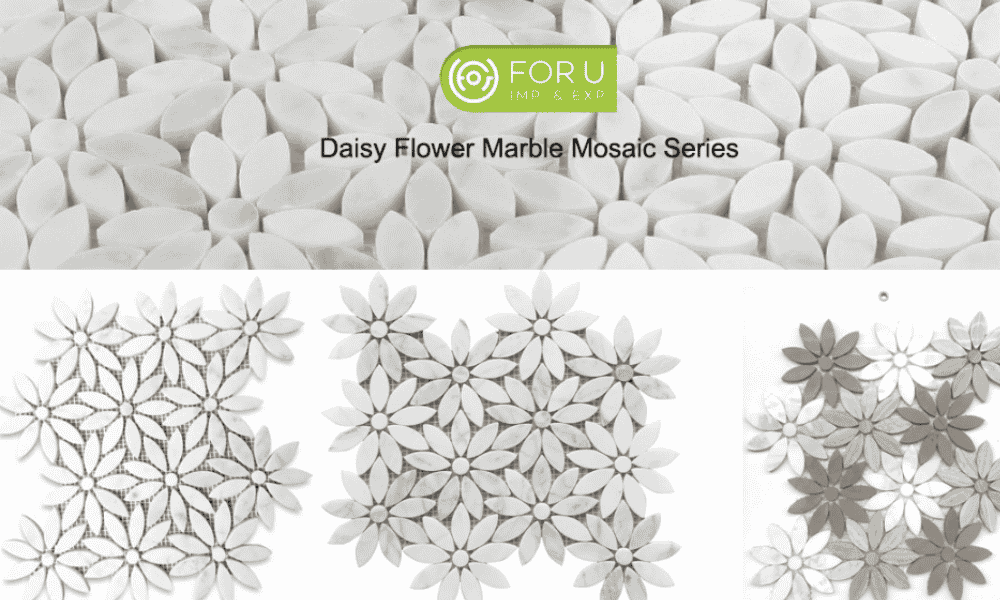
The era of sustainable architecture has opened up a new chapter for traditional materials like Marble Mosaic. No longer viewed solely as a symbol of classical beauty, mosaics today must also tell a story of environmental respect, ethical sourcing, and functional durability. Global policies such as the EU’s CBAM, U.S. state-level green procurement rules, and China’s green mining guidelines are shaping the standards that define the future of stone materials.
In this transformative moment, companies like forustone are proving that adaptation and leadership go hand in hand. By investing in cleaner production technologies, traceability systems, and innovative design solutions, forustone offers a model for how Marble Mosaic can remain both relevant and responsible. Their commitment to transparent, eco-friendly practices allows clients worldwide to enjoy the enduring charm of marble—without compromising on their values or compliance goals.
As architectural and design communities look toward a more circular, climate-conscious future, Marble Mosaic will continue to be a canvas of expression—only now, with each stone telling a story not just of elegance, but of care. With the combined forces of policy, technology, and creativity, this age-old craft is positioned to thrive in the modern world—and forustone stands ready to lead the way.


